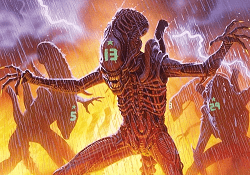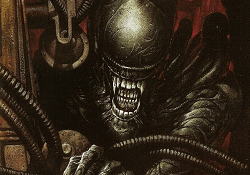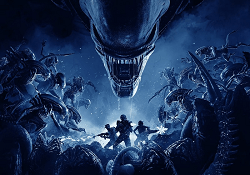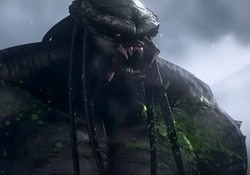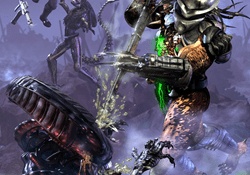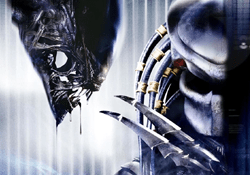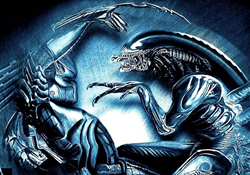Neomorph: The White Xenomorph Relative
Among the various iterations of the monstrous Xenomorph, Alien: Covenant introduced a new and terrifying addition to the family: the Neomorph. This pale enigmatic and menacing creature took center stage in the movie while offering a fresh perspective on horror and evolution within the Alien universe. Here is the full overview of the Neomorph creature, from its gruesome birth to its proposed final fight with the Protomorph that didn't make it to the final movie.
A New Type Of Xenomorph
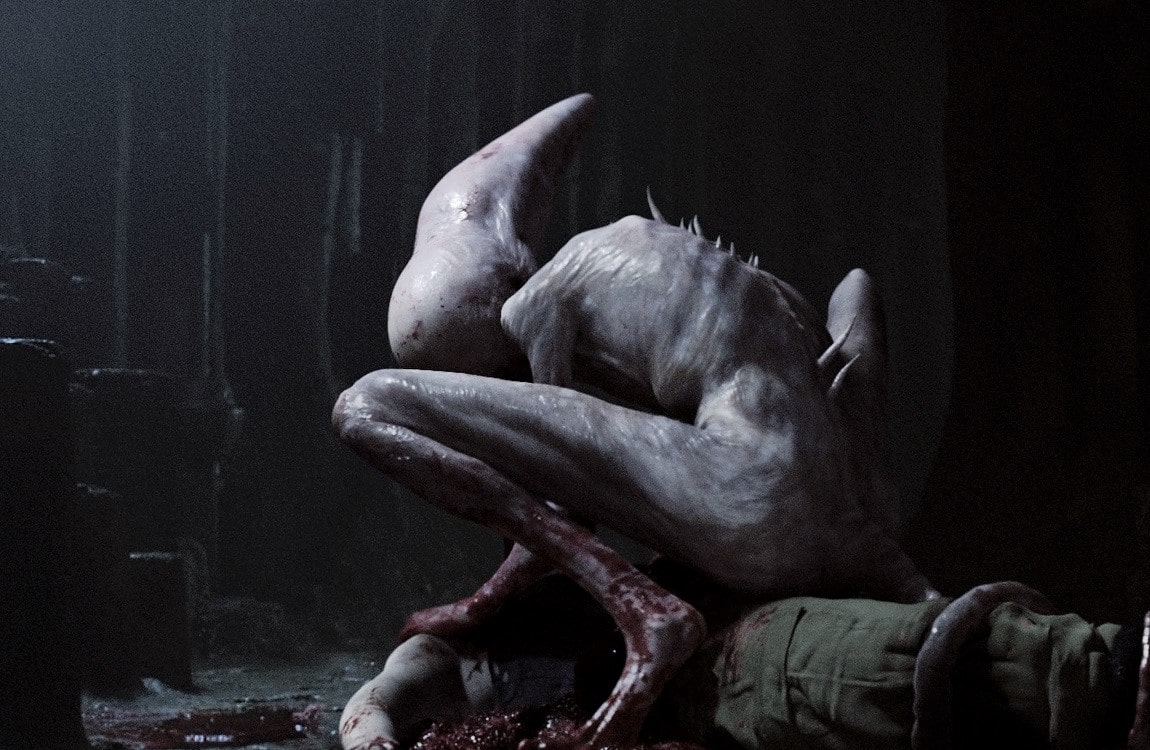
Although the Neomorph is not directly a type of Xenomorph, it does have a close relationship with the iconic creature, and the two can be considered close relatives. The Neomorph was first mentioned by actor Michael Fassbender in an interview in 2016, explaining Ridley Scott's desire to bring a new creature into the mix, before going back to the original Xenomorphs that fans desired. Similar in appearance to the Deacon from the end of Prometheus (that was never seen again), the Neomorph has a complicated and somewhat unique life-cycle, that seems to work more effectively than the Xenomorph's life-cycle.

Neomorph Origins
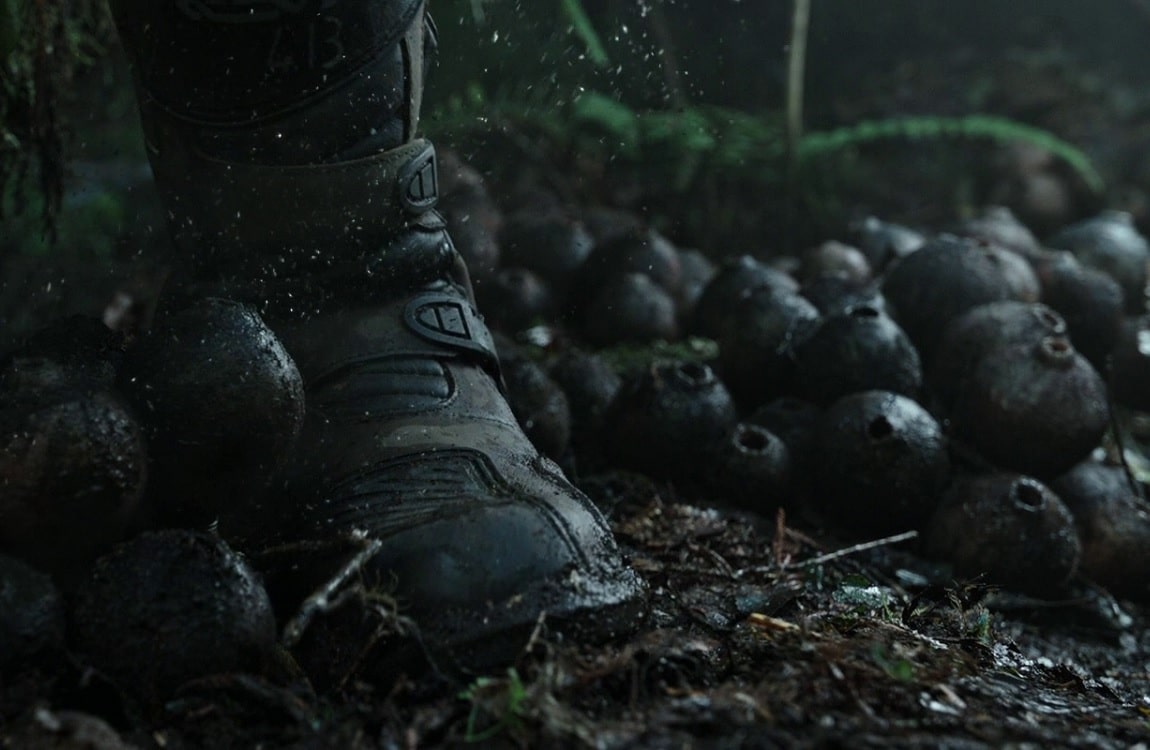
The Neomorph's origins lie in the events depicted in Prometheus, the predecessor to Alien: Covenant. David, the android from Prometheus, played a part in their making, but did not create the Neomorphs directly. The Engineers were experimenting with a potent biological weapon known as the Black Goo Pathogen. David turned the tables on the Engineers and unleashed an entire shipload of Black Goo on their planet. Not only were the Engineers themselves rapidly infected and seemingly decimated, but the wildlife and fungus in the forests were infected as well. The fungus grew into small pods, that would release airborne spore-like motes that enter a nearby host's cavities and infect it. Unlike the Xenomorph chestburster growth, the health of the Neomorph's host starts to rapidly degenerate.
The Neomorph Bloodburster

The host then has a few hours until a gruesome burst from within, as the Neomorph emerges in a bloody and nightmarish display of evolution. This stage is usually called the "Bloodburster", or the "Backburster" as named after the way the first Neomorph emerged from the back of Ledward, killing him instantly. The creature is born with an insatiable hunger, driving it to seek out living organisms to satiate its predatory instincts. Contrary to the Xenomorph chestbuster, the bloodburster does not shed its skin and grows even faster than its close relative. It has pale skin from the start and is covered by spikes, making it especially lethal.

The Neomorph Mouthburster
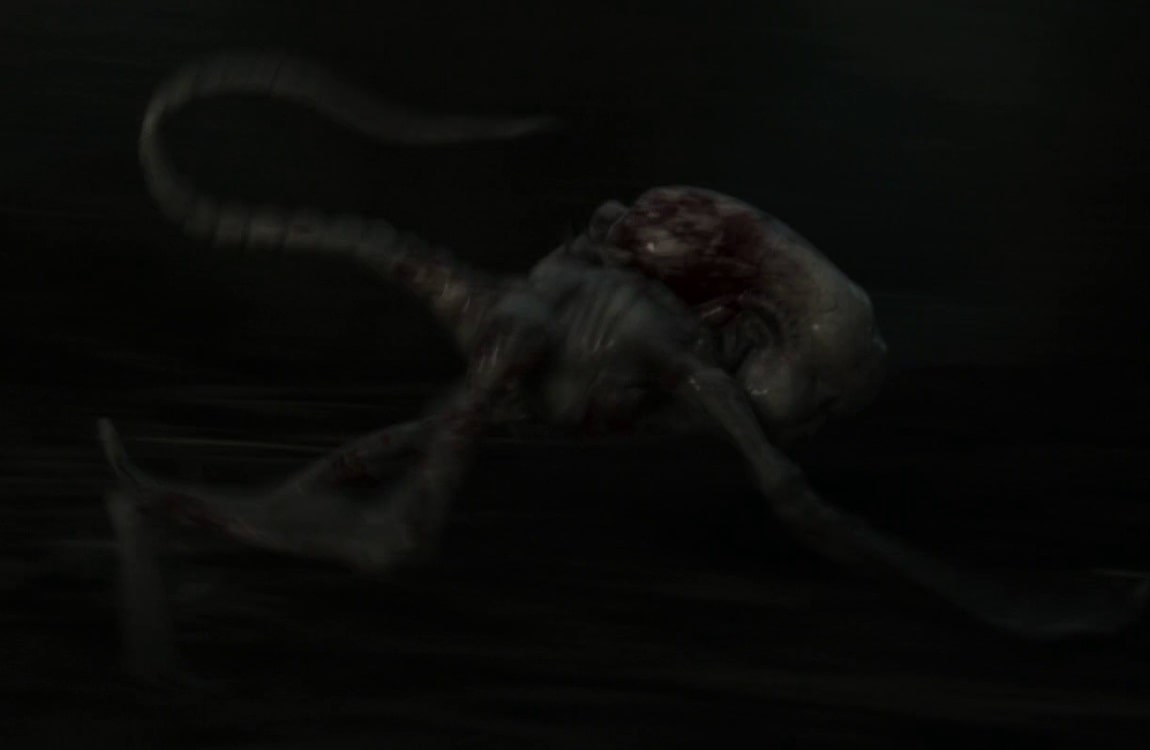
The second Neomorph in Alien: Covenant was born from the mouth of the Hallet, a member of the security team of the Covenant. This earned it the nickname "mouthburster", although the creature itself was the same as born from the back of Ledward. Although less violent than the "back-birth", the blood loss and amount of damage done to the throat of the victim killed still killed him in seconds. A mouth-based birth has been seen in Alien lore before, specifically in the Aliens vs. Predator 2010 video game. There, the Specimen 6 Xenomorph chose to erupt from the mouth, ignoring the trap set to him when emerging from the chest, as a chestbuster regularly does.
Physical Characteristics
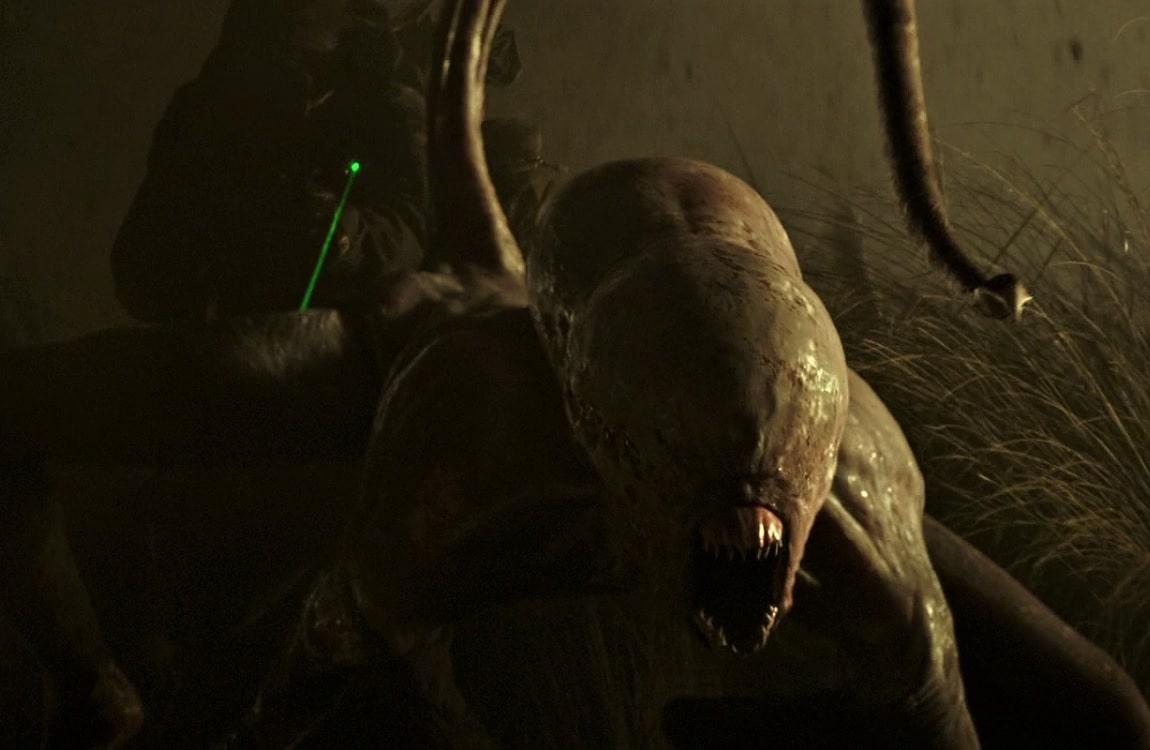
The Neomorph distinguishes itself with a unique set of physical characteristics. It lacks the exoskeletal structure seen in its xenomorphic counterparts, instead featuring a more organic and sinewy appearance. The creature's pale and translucent skin, coupled with elongated limbs and an almost skeletal frame, adds to its eerie and otherworldly presence. One of the most distinctive features of the Neomorph is its lack of a traditional oval-shaped Xenomorph head. Instead, it possesses a more humanoid facial structure, with a mouth that opens vertically, revealing rows of sharp teeth. This departure from the familiar Xenomorph design emphasizes the evolutionary divergence between the two species.
Behavior And Menace

The Neomorph's behavior is marked by aggression and a relentless pursuit of prey. Unlike the calculated and strategic attacks of the Xenomorph, the Neomorph exhibits a more instinctual and primal approach to hunting. Its lack of a traditional hive mentality, seen in the Xenomorphs, makes it a solitary and unpredictable threat. The Neomorph's birth and subsequent actions contribute to the atmosphere of dread and terror within Alien: Covenant. The unpredictable nature of its attacks and the gruesome manner in which it dispatches its victims intensify the horror elements of the film. Its agility and speed make it a formidable adversary, capable of navigating various environments with deadly precision.
Neomorph vs. Xenomorph
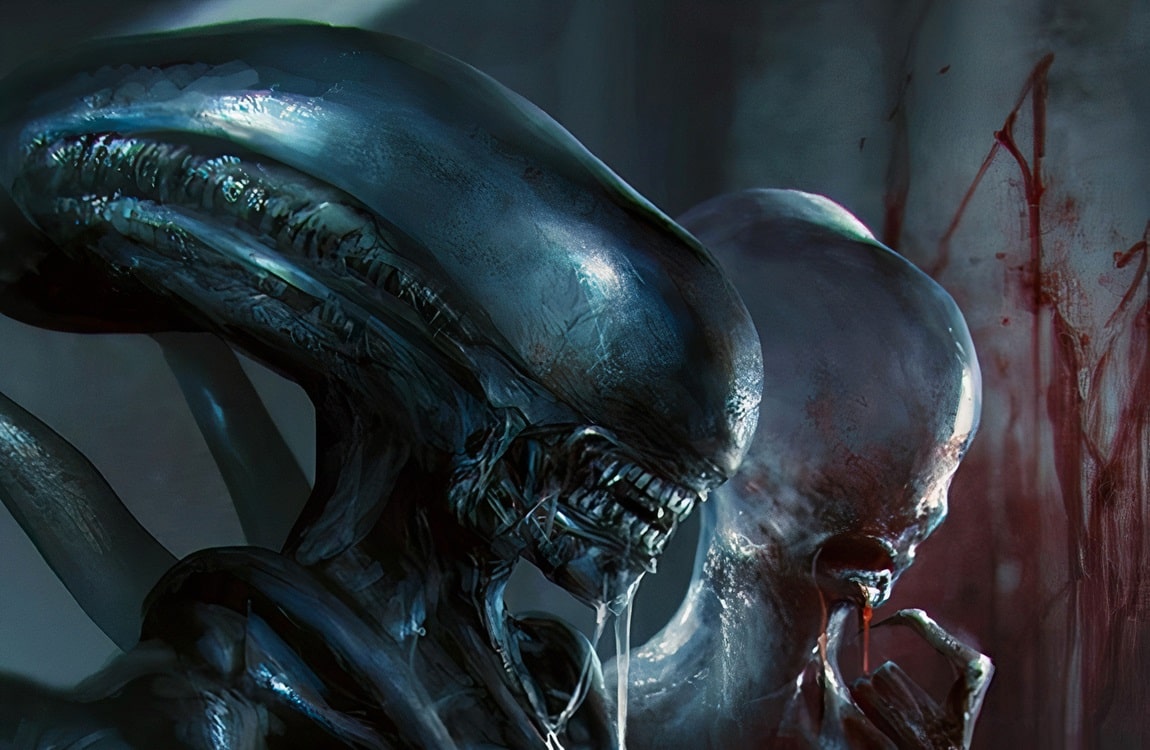
The Xenomorph is stronger than the Neomorph, and a scene depicting this was cut from Alien: Covenant. According to the movie's novelization and other sources, the climactic escape from "Planet 4" was supposed to involve a short fight between the surviving Neomorph and the Protomorph. Instead of the Protomorph chasing Daniels, it would have been the Neomorph, who was then stopped and brutally attacked by the Protomorph. The proto-Xenomorph would have won the fight, asserting its dominance over the Neomorphs. However, the scene was either cut for budget reasons or to shorten the already overlong runtime. With the absence of this fight, the one Neomorph still remains alive on the planet and could be used in a future story.
Initial Designs And Behind The Scenes
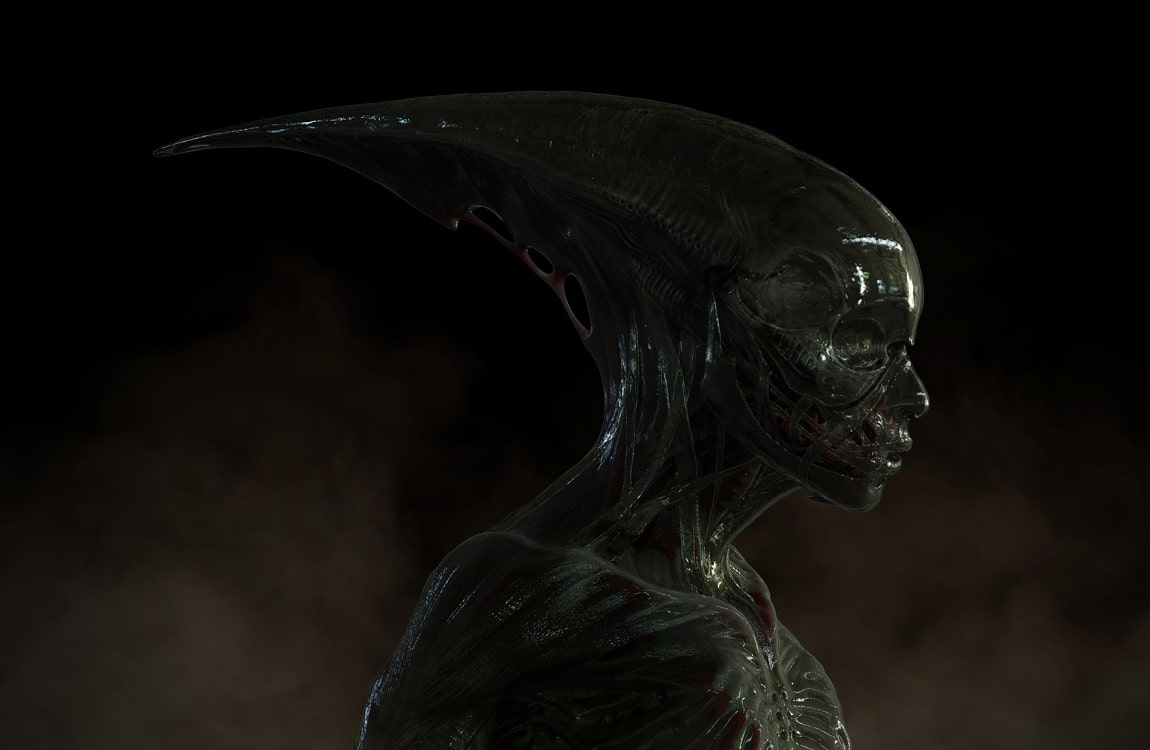
In the preliminary concepts for Alien: Covenant envisioned by Colin Shulver, the designs share striking similarities with the Deacon featured at the conclusion of Prometheus, displaying a notably more feminine appearance. This design choice may be linked to broader initial intentions to integrate Elizabeth Shaw into the film. The feminine Neomorph iteration portrayed a distinctly female face, evoking echoes of Sil from the Species series, a creation by the renowned artist H.R. Giger. Noteworthy distinctions from the final design include vacant eye sockets and a considerably darker skin tone, aligning more closely with the typical characteristics of the regular Xenomorphs.
Appearances As Toys And In Games

Among their impressive lineup, NECA has released Neomorph figures that capture the essence of the terrifying creature from Alien: Covenant. These meticulously crafted action figures showcase the Neomorph's distinctive physical features, including its pale and sinewy exterior, elongated limbs, and unique facial structure. NECA's attention to detail extends to the articulation of the figures, allowing collectors to pose the Neomorph in dynamic and menacing stances. Together with the "Alien: Covenant Creature Pack", three Neomorphs were released representing different stages of their lifecycle. The Neomorph has not specifically appeared in any video games, but very similar creatures were featured in Aliens: Fireteam Elite, where the Black Goo Pathogen had transformed the wildlife of an exotic jungle planet.
Conclusion
The Neomorph's introduction in Alien: Covenant adds a compelling layer to the already rich mythology of the Alien franchise. Its unique evolutionary path, distinct physical characteristics, and feral behavior contribute to a fresh and terrifying cinematic experience. As audiences continue to explore the depths of space with each installment of the Alien saga, the Neomorph stands as a testament to the franchise's ability to evolve and innovate in the realm of science fiction horror.

